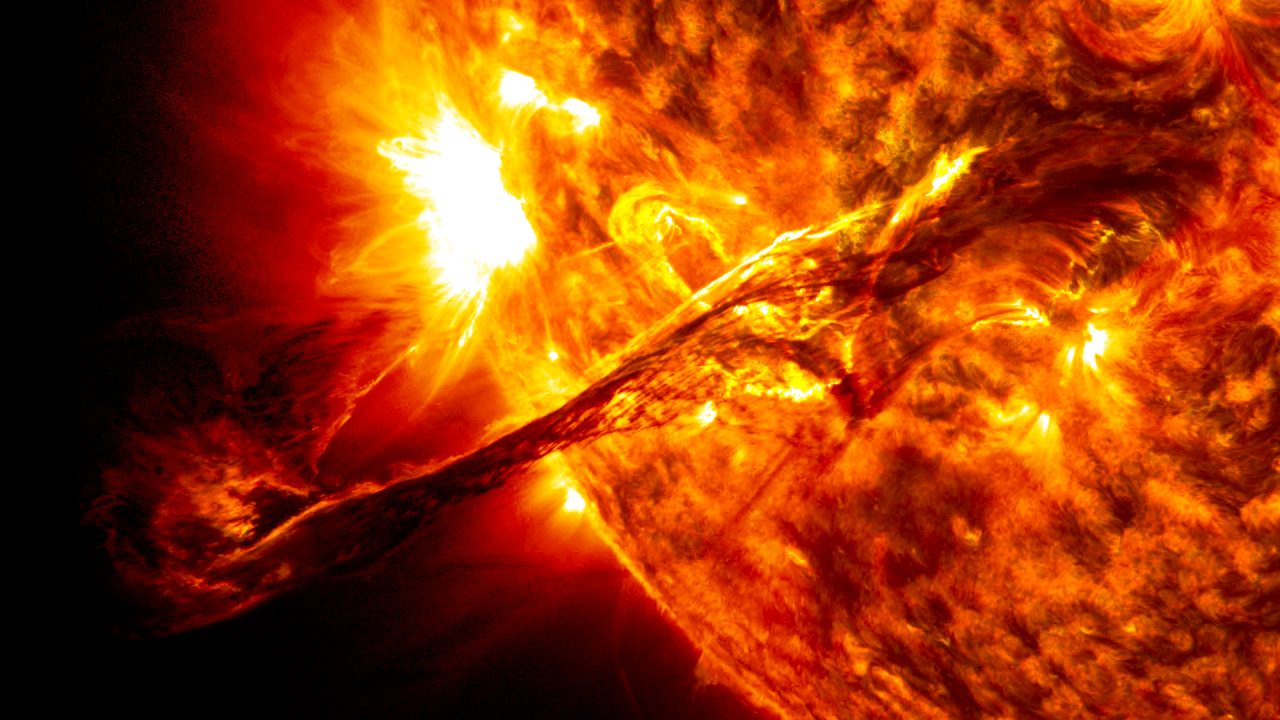
SPACE (KXAN) — Radio signals are coming from somewhere inside our sun, and NASA wants to know where. On July 9, the space agency will launch the first mission designed to locate these signals: CURIE.
The CubeSat Radio Interferometry Experiment (CURIE) uses two small cube satellites to locate the source of these radio signals, which are emitted during solar storms, solar flares and coronal mass ejections (CMEs).
Understanding these forms of space weather is extremely important. Storms on the sun can affect technology on Earth, including our communication networks.
According to NASA, scientists first detected these radio signals decades ago. They know they are created during solar storms, but they don’t know where they come from.
According to the European Space Agency, these radio waves are meant to be detected from space. The Earth’s ionosphere absorbs them before they reach the ground. The ionosphere extends from 30 to 600 miles above the Earth’s surface and is filled with charged gases.
How Will NASA Track Mysterious Radio Signals?
Once in orbit, CURIE will split in two, with the two cube satellites moving two miles apart.

When the sun emits a radio wave, the two satellites pick up the signal and then determine where the signal came from.
CURIE will fly into orbit aboard the Ariane 6 rocket, operated by the European Space Agency. It will be the first flight.
CURIE is funded by NASA’s Heliophysics Flight Opportunities for Research and Technology (H-FORT) Program. NASA plans to later launch the SunRISE mission, which will track radio signals using six satellites.
